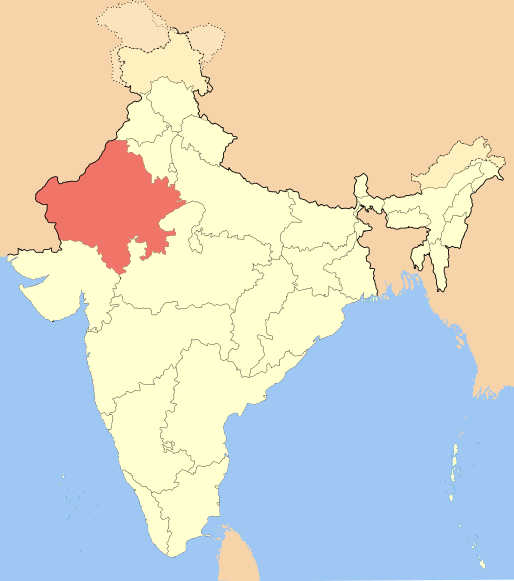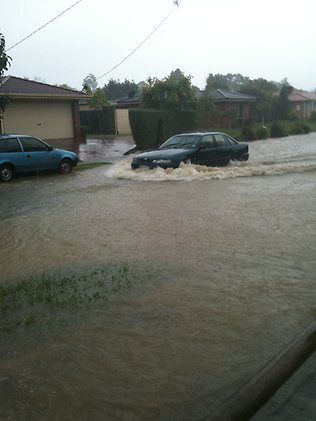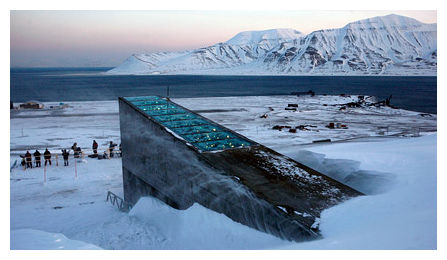
© HarosMap of India indicating Rajasthan
The unseasonal rain dashed the hopes of farmers in the state who were expecting bumper Rabi crop. The rain has damaged crops in many parts of the state.
Complaints of crop damage have been pouring in from many villages of Bundi and other districts. Heavy rain coupled with hailstorms lashed Bundi district last night damaging crops of wheat, mustard, coriander and lentil.
Hailstorm lashed several villages, including Sukhpura, Gothera, Mandi, Bhagwanipura, Tokera, Panch ki Bawari of Hindoli sub-division last evening following which standing crop was damaged, Mandi village sarpanch Bhuribai said.
Hindoli MLA Prabhulal Saini has demanded a survey of the damage caused to the crop by the rain and appropriate compensation for affected farmers. Bundi sub-divisional magistrate (SDM) Amanulla Khan said that the revenue officials have been asked to estimate the loss due to untimely thundershowers.
Reports of hailstorm and showers also came in from Hindoli, Nainwa, Lekhari and Bundi sub-divisions of the district. The thundershowers damaged crops of mustard and coriander seeds in Kankala, Utarana, Budhala and many villages of Lekhari sub-division last evening, officials said.

